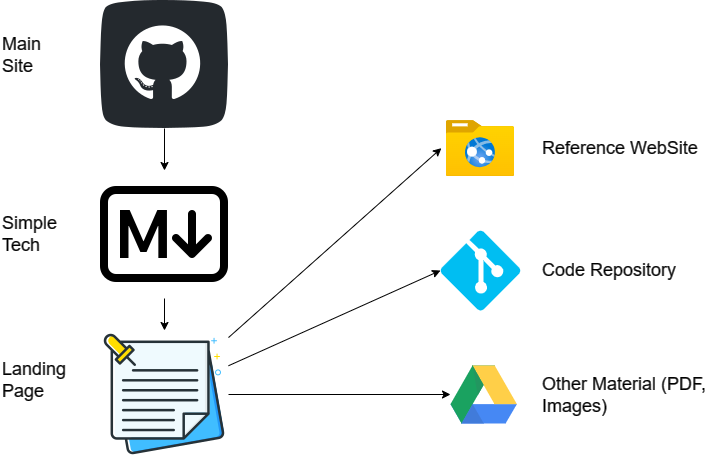How to build a Knowledge Base
Introduction
A knowledge base is a centralised repository that contains information, data, and knowledge about a specific topic or domain. It is a collection of structured and unstructured data, such as articles, documents, manuals, procedures, and FAQs, that are organised and stored in a searchable format for easy access and retrieval. A knowledge base is typically used to provide support, guidance, and answers to common questions or issues for customers, employees, or other stakeholders. It can also be used for knowledge management and sharing within an organisation to improve efficiency, productivity, and decision-making.
Benefits of building a Knowledge-base
Building a knowledge base in a software product company can provide several benefits, including:
-
Improved efficiency: A knowledge base allows employees to quickly access information they need, reducing the time and effort required to find the right information.
-
Better decision-making: With a knowledge base, employees have access to a centralised source of information, making it easier to make informed decisions.
-
Increased productivity: By having quick access to relevant information, employees can complete tasks more efficiently, leading to increased productivity.
-
Consistent information: A knowledge base helps to ensure that information is consistent and up-to-date, reducing the likelihood of errors or inconsistencies in work.
-
Improved customer service: A knowledge base can provide customers with quick answers to frequently asked questions, reducing the need for customer support and improving customer satisfaction.
-
Knowledge retention: A knowledge base can capture the expertise of experienced employees, helping to retain institutional knowledge when employees leave the company.
Overall, a knowledge base can help to improve communication, collaboration, and efficiency within a software product company, leading to better products and happier customers.
Hands-on
In practice, the structure, technology and attributes of a knowledge-base seem to be very obscure, complicated and some times hard to even think in implement. But with a little of organisation and some basic tools available, you can assemble a great base.
Code, development tools, support, documentation, communication tools, and any other support media used in the development of a software product must be organised. It is common that this aspect is not correctly resolved, which means that there is not a centralised repository (or knowledge base) to store and consult all the information associated with a project or product.
For this project, I decide to use the simplest tools available:

Characteristics of a Knowledge Base
Some of the main characteristics of a software-based knowledge base are:
- Digital: A software-based knowledge base is digital and stored in a computer system or server.
- Searchable: It provides a search functionality for users to quickly find the information they need.
- Categorised: Information in the knowledge base is categorised and organised in a logical way to improve navigation.
- Up-to-date: The knowledge base is updated regularly to reflect changes in the product or technology.
- Collaborative: Multiple users can contribute and edit the knowledge base to keep it current and accurate.
- Scalable: The knowledge base can accommodate an increasing volume of information and users as the product or company grows.
- Accessible: The knowledge base is accessible to authorised users, such as employees, customers, or partners, through a web portal or other means.
Basically are the attributes of a Wiki, but inside a organisation/company, when there is a legacy project is important to have all of those attributes on mind.
Not a minor issue, when you need to start from zero, maybe the best option is to use the simplest tools available, nothing fancy nether advanced tools.